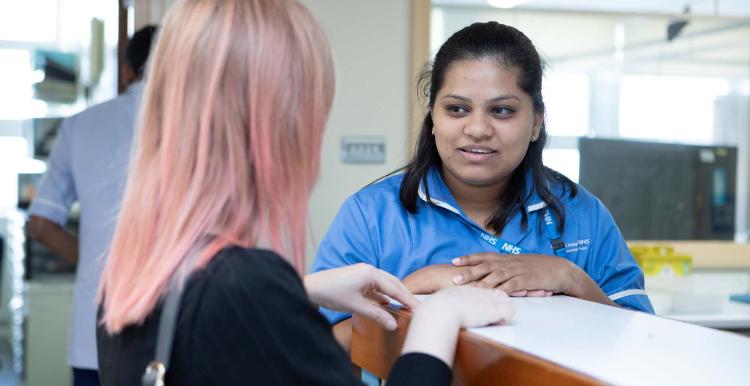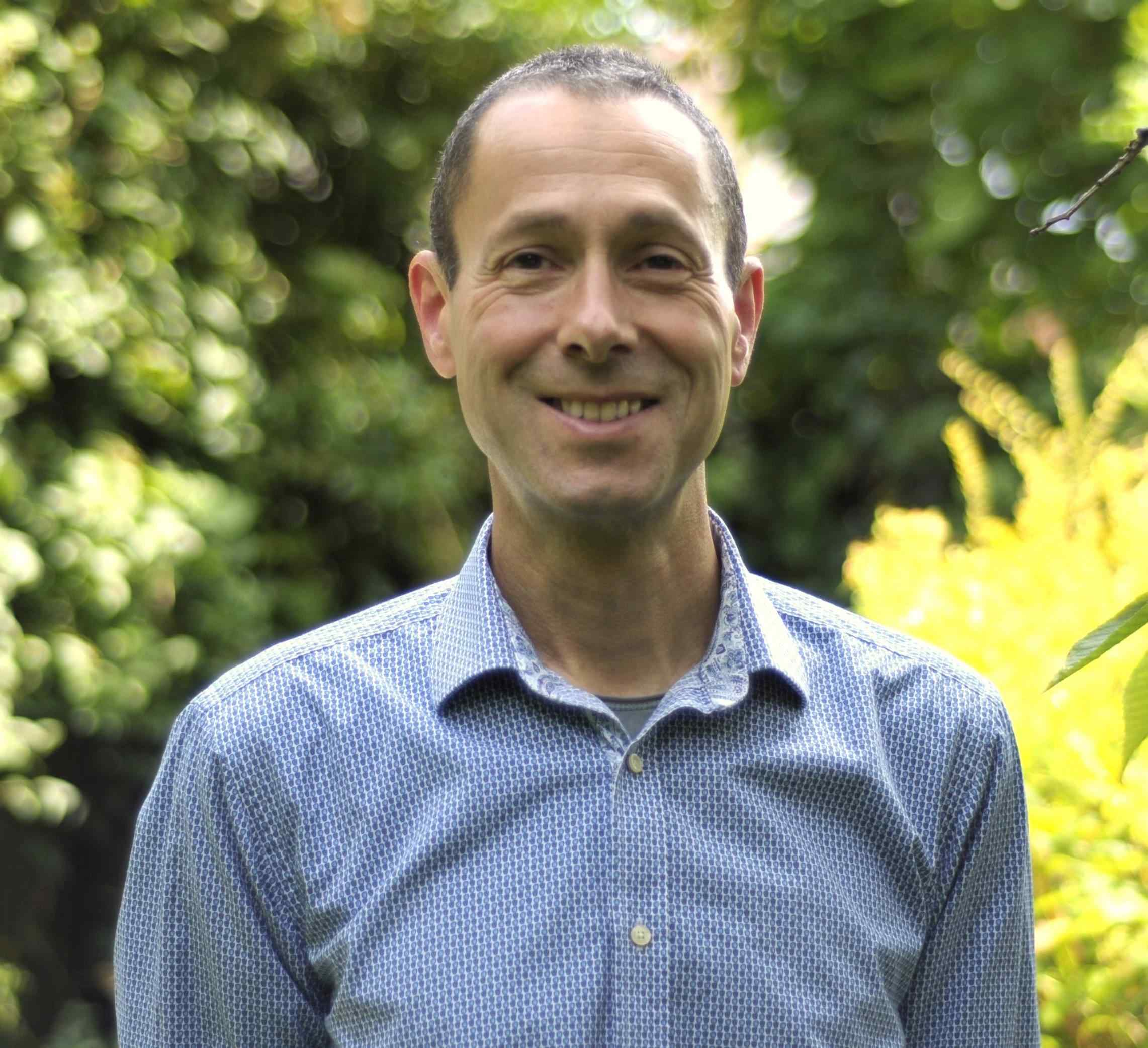Conversations about impact - your perspectives

Over the first few months of 2024, I talked to four local Healthwatch leaders about their approach to achieving impact. Some key themes emerged from what they told me.
The leaders were:
- Joanna Smith, Manager of Healthwatch Isle of Wight, who has been with the Healthwatch for almost ten years.
- Joy Beishon, Chief Executive of Healthwatch Greenwich, who has been in the service for five years.
- Diane Blair, Manager of Healthwatch Sefton, who has been in the service since its inception.
- Amy Salt, Engagement and Involvement Manager at Healthwatch Derbyshire, who has been in post for just over one year.
Theme 1: Our Healthwatch team believes that we exist to achieve change for local people.
Joanna: The nature of our area means the team are very aware of being accountable to residents, as people we know often ask us what we’ve achieved.
It’s so important to ensure the team has a wide outlook so that not only can they talk and engage with people, but they can also analyse what they’re hearing, spot trends and report in a way that encourages solutions.
Joy: Our team is focused on achieving tangible improvements and fostering greater equity for our residents. We recognise that our role is not just about gathering insights but translating those insights into real, actionable change. This means we are constantly analysing feedback and insight, identifying trends, and advocating for solutions that directly address the needs and concerns of our community.
Diane: The team shifted its view of who we are accountable to. Instead of seeing our main responsibility as being to provide system partners with insight, we now focus more on ensuring that residents’ insight shared with system partners is acted on and that residents are then updated with any actions and/or changes.
If a member of the public asks what we’ve achieved, we shouldn’t struggle to give a clear answer!
Amy: We know how important it is to close the loop. Going out and collecting feedback is just one element of what we do. It’s vital that we maintain strong relationships by informing the public about what’s happened with their feedback. This encourages people to keep speaking with us and view us as reputable and purposeful.
Theme 2: We see reports and recommendations as a means to an end.
Joanna: Engagement activities are essential and can be really fulfilling. They’re backed up by report writing. But all that’s only meaningful if we then try our hardest to use what we’ve got to seek improvements.
Joy: It's much easier to write a report and then move on. The real challenge — and where we can make a difference — is in the follow-up and ensuring that our recommendations lead to actual change. This means not just identifying areas for improvement but actively engaging with stakeholders, advocating for our recommendations, and tracking the implementation process.
We tailor our approach to gain leverage depending on the context and the needs of the issue at hand. Our reports are the starting point of a larger journey towards improvement, not the endpoint.
Diane: In the past, our ethos was that responsibility stopped at the point of producing our report. We worked in a way that assumed that recommendations would be picked up and didn’t do much follow-up to check what happened. We saw this as the Healthwatch role and seamlessly moved on to the next piece of work. Now, the team make more space at meetings to plan for outcomes, and we have systems in place to follow up.
Amy: By using Theory of Change in our planning we can agree how to make best use of reports and other approaches to take forward particular themes. Sometimes for example we’ll decide we’re more likely to achieve outcomes by making a direct connection with a service commissioner, producing a guide or infographic, or feeding raw data into an external strategy that’s already in development.
Theme 3: We’ve put a lot of time into developing an approach to influencing that works in our local context.
Joanna: We’ve gained agreement that all reports go to the Health Overview and Scrutiny Committee and they require providers and commissioners to report back. This not only helps achieve outcomes but also evidence them.
At the start of a piece of work, we get buy-in by hearing what all interested parties think and want to know. We see part of our role as being to link service users and decision-makers together to create solutions. We find this is much more likely to lead to useful outcomes being implemented.
Whilst we sit on the highest-level committees and groups, we understand that these are for relationship building and to be seen as a partner. The real achievements are gained at meetings and groups a tier below those.
Joy: We do our best to ensure that key decision-makers fully grasp the importance of our role and the connections we maintain with various parts of the system, including the Care Quality Commission (CQC). It’s important for our stakeholders to understand our statutory right to publish information and our duty to maintain transparency with the public. We always make it clear that our intent is to support and improve the system.
Some stakeholders occasionally perceive our relationship as somewhat adversarial, but we remind them of our role as a critical friend to provide constructive feedback aimed at driving positive change. We emphasise that while our findings may sometimes be challenging to hear, they are crucial for fostering improvement and that we are committed to working together and supporting the system to find solutions.
Diane: We always aim to make our positive intent clear to system partners. We explain at the start of a piece of work that they might not like everything they hear later on, but Healthwatch will work with them to find solutions, too. We also ask them what they’d find useful from a planned piece of work.
We send any reports to the most senior system partners and leave it to them to cascade down their own organisation as appropriate. They seem to appreciate this and maybe it even gives them a rare chance to find out what’s really happening on the ground.
Amy: Once we’ve decided on a project, we ensure we form strong connections with providers, commissioners and any other groups involved in relevant decision-making. Once we have their "buy-in", we discuss what could be changed, potential information they’d be interested in knowing about and what’s already been done. They can help co-produce the piece of work with us. It’s then much easier to follow up with them later about changes that have been achieved.
If attempts to get the provider on board with the project don’t succeed, then we decide as a team whether we’ll do the project or not. We might decide it’s important enough to go ahead anyway. However, it can be harder to get outcomes this way.
Theme 4: We’re careful to maintain our sense of independence.
Joanna: We’re very strict on avoiding any situations that might call into question our independence and impartiality. It’s important to be beyond reproach.
Joy: We find that participating in 'top table' meetings is highly effective. These forums allow us to be seen as trusted and safe participants in critical discussions that we might otherwise be excluded from. However, it's crucial to remain vigilant and not become overly enamoured with the prestige of interacting at a senior level just for the sake of it. Our primary focus is always on the value we bring to these discussions. We continually assess the purpose and productivity of our involvement, which means not hesitating to step back from meetings that do not serve a clear, beneficial purpose for our objectives.
Diane: Over time, I've become more motivated by the insight I'm bringing to a senior meeting rather than a bit flattered just to be there. If a meeting isn’t a good use of time in some way, then we’ll stop attending.
Amy: We’re clear about our independence in all our work. System partners regularly tell us that’s why they value our feedback - because we tend to get a more honest response from the public.
At engagement events, we make it clear to people that we’re independent and are there to give them a route for feedback. This is even more important when people haven’t been able to reach a provider themselves or don’t feel listened to.
Theme 5: We use Healthwatch England resources.
Joanna: The Impact Tracker has hugely developed our approach to following up.
Joy: The Impact Tracker is an invaluable tool for our team. It's increased our ability to follow up on projects and track progress. However, its effectiveness hinges on having someone in the team responsible for consistently populating and updating it.
The Annual Report template has hugely improved over the past few years. It’s now more outcome-focused and makes us think even more about tangible results and impact.
Diane: The training on impact and theory of change was a turning point for the team, making everyone stop and rethink who they were accountable to and what the point of Healthwatch work was. It wasn’t an easy shift of mindset at the start, but is now business as usual.
Our communications about our work used to be more of a descriptive narrative about the process, but we now concentrate much more on what's been achieved.
Amy: The theory of change training allowed our team to think about how we approach new pieces of work. Using this makes a big difference, not only with outcomes and impact but also by ensuring the team all share an understanding of the purpose of a piece of work.

A huge thanks to all four for taking the time to share their valuable perspectives and insights with me.
A discussion with your own Healthwatch team about the points covered here could be interesting. Do let me know if you do that and what conclusions you reach.
Jon.
